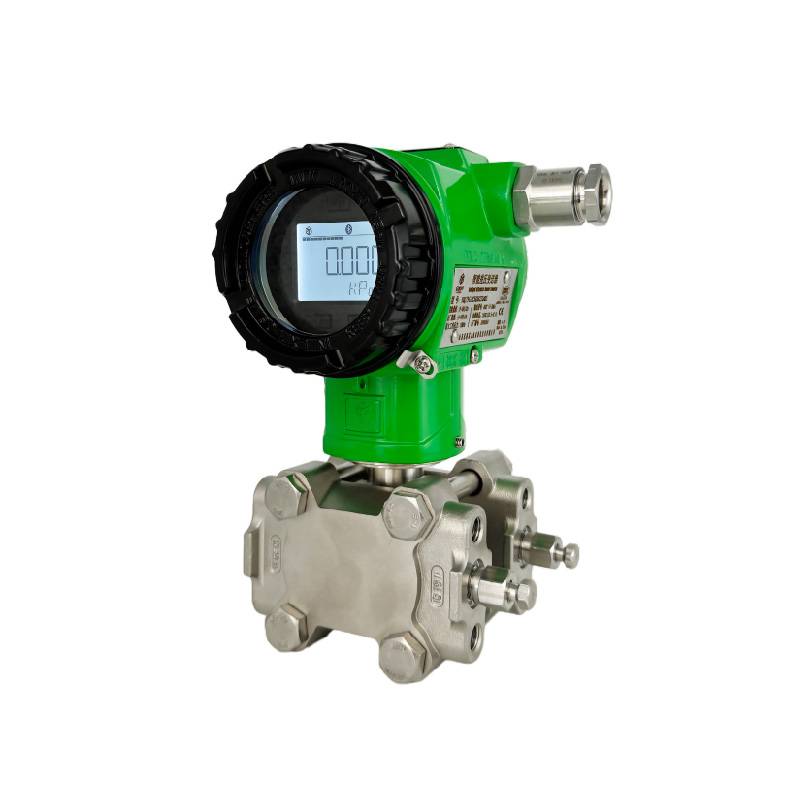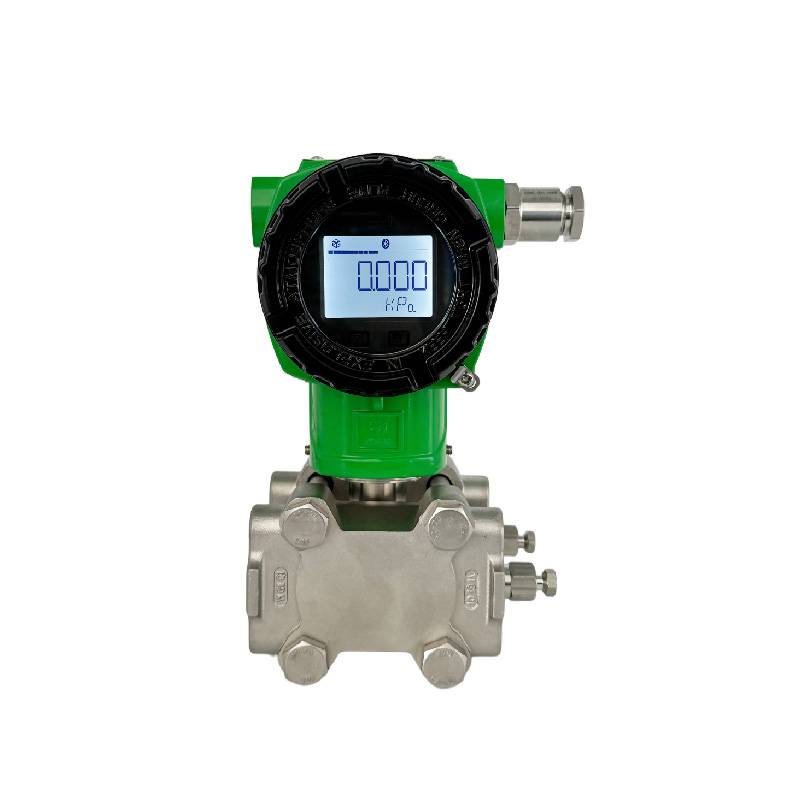In industrial production, the differential pressure transmitter is one of the key devices for achieving accurate measurement and control. The accuracy of its measurement directly affects the stability of the production process and product quality. Proper commissioning is an important prerequisite to ensure that the differential pressure transmitter performs at its best. Next, let's take a detailed look at the commissioning methods and key points of the differential pressure transmitter.

Pre - commissioning Preparations
Documentation and Tool Preparation
Before starting the commissioning, it is essential to collect all the product manuals, installation drawings, and relevant technical data of the differential pressure transmitter. These materials contain crucial information such as the device's technical parameters, wiring methods, and commissioning procedures, which serve as important references for the commissioning work. Meanwhile, prepare the necessary commissioning tools, such as a high - precision pressure source, a standard ammeter, and a hand - held operator. The pressure source is used to provide a stable pressure signal for calibrating the transmitter; the standard ammeter is used to measure the output current and check whether the output signal is normal; and the hand - held operator can be used to set and adjust various parameters of the transmitter.
On - site Inspection
Specific Commissioning Steps
Zero Calibration
First, close the pressure - taking valves on the high - pressure and low - pressure sides to put the transmitter in a state of no pressure input.
Use a hand - held operator or enter the transmitter's setting interface through the control system and select the zero - calibration function.
Observe the output signal of the transmitter. Under normal circumstances, the output current should be 4mA (for transmitters with a 4 - 20mA output). If the output signal deviates from 4mA, fine - tune it through the hand - held operator until the output is accurately 4mA.
Span Calibration
According to the transmitter's measurement range, use a pressure source to input a known pressure value to the high - pressure side of the transmitter, for example, 50% of the range. At the same time, ensure that the low - pressure side is open to the atmosphere or at a known reference pressure.
After the pressure stabilizes, observe the output signal of the transmitter. According to theoretical calculations, the output current should be 12mA at this time (for a 4 - 20mA output transmitter, taking a 0 - 100kPa range as an example, when 50kPa of pressure is input). If the output signal does not match the theoretical value, adjust the span coefficient through the hand - held operator to make the output current reach the correct value.
To ensure accuracy, input 0% and 100% of the range pressure values for verification again, and check whether the outputs are 4mA and 20mA respectively. If there are deviations, repeat the adjustment steps until the output signals are accurate within the full range.
Damping Setting
The damping setting is used to adjust the response speed of the transmitter's output signal to avoid unstable output signals caused by pressure fluctuations. Generally, an appropriate damping time constant can be set through the hand - held operator according to the actual operating conditions, usually between 0.1 and 10 seconds. For example, in applications with large pressure fluctuations, the damping time can be appropriately increased to make the output signal smoother; while for applications that require a fast response, the damping time can be reduced.
Output Signal Check
After completing the above commissioning steps, check again whether the output signal of the transmitter has a linear relationship with the actual pressure input. The output signal can be measured multiple times at different pressure points, and the data can be recorded and a pressure - output signal curve can be plotted to verify whether its linearity meets the requirements. At the same time, check whether the output signal is stable and whether there are any fluctuations or jumps.
Commissioning Precautions
During the commissioning process, when operating the pressure source, increase or decrease the pressure slowly to avoid damage to the transmitter caused by sudden pressure changes.
When using the hand - held operator to set parameters, carefully confirm the setting content to prevent parameter errors caused by misoperation.
If problems are found during the commissioning process, first analyze the causes and do not adjust blindly. For example, if the output signal is abnormal, first check whether the impulse pipes, sensors, wiring, etc. are normal, and then carry out targeted handling.
After the commissioning is completed, be sure to keep the commissioning records, including the commissioning time, commissioning personnel, problems found during the commissioning process and their solutions, and the final commissioning parameters, for future maintenance and reference.
Through the above systematic commissioning steps and precautions, the differential pressure transmitter can be ensured to work accurately and stably in industrial production, providing reliable data support for the precise control of the production process. If you encounter any problems during the commissioning of the differential pressure transmitter, feel free to leave a message in the comment section for communication.



